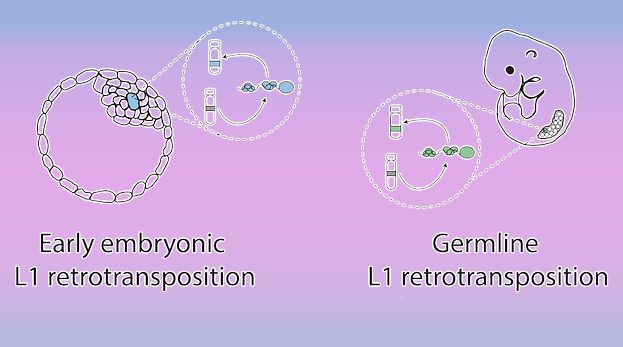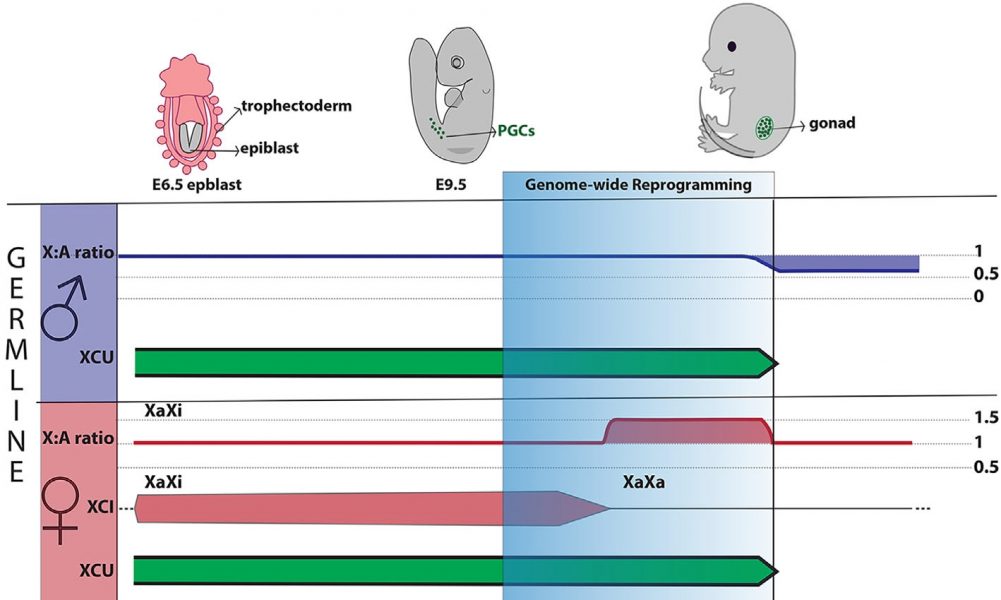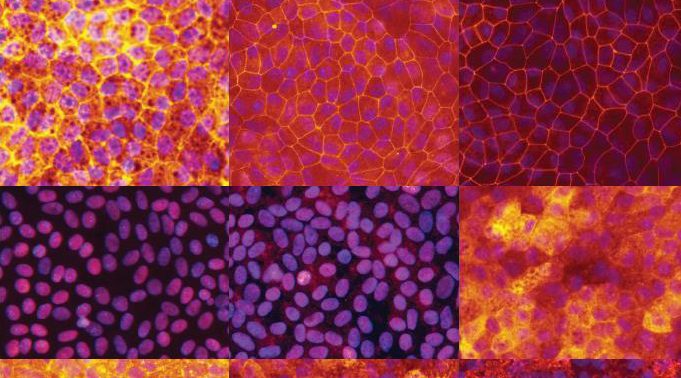Polymer therapeutics represent promising novel chemical entities under development for addressing CNS disorders, in which intravenous and intranasal administration are the most appealing strategies to achieve this paramount goal.


Polymer therapeutics represent promising novel chemical entities under development for addressing CNS disorders, in which intravenous and intranasal administration are the most appealing strategies to achieve this paramount goal.

In their review published in BioEssays, Sandra Richardson and Geoffrey Faulkner discuss the origins and implications of L1 retrotransposition events during development.

A theoretical puzzle has existed for over half a century: how to perform quantization for a particle constrained to remain on the curved surface with Dirac’s canonical quantization scheme? The answer has been found.

Christoph Bäumer conducts research on water electrolysis. The initial steps toward cost-efficient and widely available catalysts are promising.

n their review published in BioEssays, Mahesh Sangrithi and James Turner discuss mammalian X chromosome dosage compensation with a particular focus on the germ line.
![A Dual-Modal Probe for Early Detection of Alzheimer’s Disease [Video]](https://www.advancedsciencenews.com/wp-content/uploads/2018/06/smll201800901_ASN_image.jpg)
A novel probe for imaging amyloid-β (Aβ) in vivo is developed, enabling the early detection and diagnosis of Alzheimer’s disease.

A vibrotactile actuator and robotic gripper that operate based on the Lorentz force principle are demonstrated.

Advanced protocol for high quality primary human retinal pigment epithelium stem cell-derived cultures
![Glassomer: Glass That Can Be Processed Like Polymers [Video]](https://www.advancedsciencenews.com/wp-content/uploads/2018/06/adma201707100_ASN_image.jpg)
A solid silica nanocomposite, ‘Glassomer’, can be processed using polymer fabrication techniques to obtain optical-grade fused silica glass.

A team of German researchers created a new multimodal system for rapid, noninvasive in vivo skin cancer screening is presented, combining optical coherence tomography (OCT) and optoacoustic (OA) modalities to provide precise tumor depth determination with a Raman spectroscopic modality capable of detecting the lesion type and, thus, providing diagnostic capability.